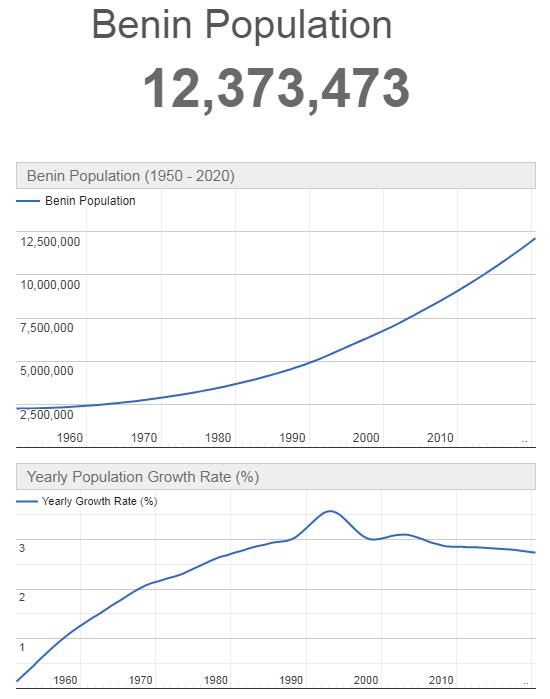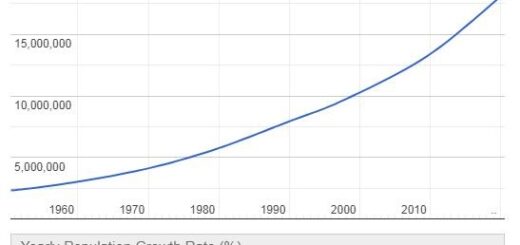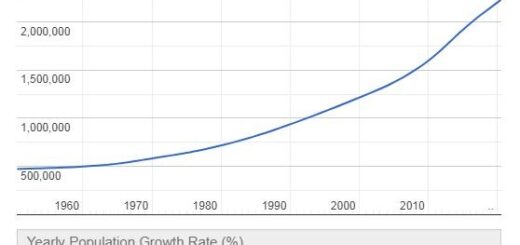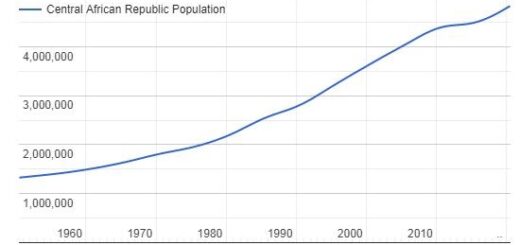Benin 2001
Yearbook 2001
Benin. President Mathieu Kérékou was re-elected by a good margin in March. Former President Nicéphore Sogl resigned after receiving only 28% of the vote in the first round. The Constitutional Court rejected his protest against alleged cheating, and Kérékou received 84% of the vote in the second round.
The Benin authorities decided in September that children under the age of 15 must have written permission to leave the country. The rule was made after noted cases of suspected child smuggling from or via Benin to other West African countries.
The Etireno vessel traveled in April for two weeks along the West African coast with a group of children, which authorities and international organizations suspected would be sold as cheap labor to plantations and households in Gabon or Cameroon. About thirty children were taken care of when the ship returned to Benin.
- Abbreviationfinder: lists typical abbreviations and country overview of Benin, including bordering countries, geography, history, politics, and economics.
Country data
Area: 114,763 km2 (world ranking: 100)
Population: 11,176,000
Population density: 97 per km2 (as of 2017, world ranking: 81)
Capital: Porto Novo; Seat of government: Cotonou
Official languages: French
Gross domestic product: US $ 9.3 billion; Real growth: 5.6%
Gross national product (GNP, per resident and year): 800 US$
Currency: CFA franc
Embassy
Englerallee 23, 14195 Berlin
Telephone 030 23631470,
Fax 030 236314740 www.botschaft-benin.de
Government
Head of State and Government: Patrice Talon, exterior: Aurélien Agbénonci
National holiday: 1.8.
Administrative structure
12 departments
State and form of government
Constitution of 1990
Presidential Republic
Parliament: National Assembly (Assemblée Nationale) with 83 members, election every 4 years
Direct election of the head of state every 5 years (one-time re-election, candidate must not be older than 70 years)
Right to vote over 18 years
the population
of Benin, last census in 2013. 10,008,749 residents
around 60 ethnic groups. 46.2% Fon, Adja 15.6%, 12.1%, Yoruba, 8.6% Bariba, 3.3% Peul (Fulbe), 6.0% Otamari, 3.2% Dendi, 3.0% Yoa Lokpa and other
Cities (with population): (as of 2013) Cotonou 679,012 inh., Porto Novo 264,320, Parakou 255,478, Godomey 253,262, Abomey-Calavi 117,824, Djougou 94,773
Religions: 49% Christians (26% Catholics), 28% Muslims (mostly Sunnis), 14% followers of indigenous religions (12% Voodoo / Vodoun) (as of 2006)
Languages: French; Languages of the ethnic groups
Employed by economic sector: No information
Unemployment (in% of all economically active persons)
No information
Inflation rate (in%): 2017: 0.1%
Foreign trade: Import: 2.9 billion US $ (2017); Export: US $ 2.1 billion (2017)
Population 2001
According to Countryaah, the population of Benin in 2001 was 7,982,114, ranking number 92 in the world. The population growth rate was 3.060% yearly, and the population density was 70.7895 people per km2.



